Taking advantage of what would be a large concentration of very successful businesses gathered in one spot, Walls & Ceilings carefully selected seven special wall and ceiling contractors together for a roundtable at this year’s Florida Wall & Ceiling Contractors Association Southeastern Annual Trade Show & Convention. This roundtable was unique in that it provided all participants from a specific area, namely the state of Florida. With the help of the FWCCA’s Executive Director Janice Ficarrotto, this event gave wall and ceiling contractors the chance to discuss some of their respective successes, niche markets and issues they face in today’s (improving) business climate.
Over wing dings and drinks, the roundtable took place at the Omni in ChampionsGate, Fla. The team represented seven individuals of five companies.
At the roundtable, these contractors shared insight into what has been happening in the Sunshine State over the last couple years. Since the Great Recession, it’s been no secret that Florida has had it considerably harder, given its history of constant development in the state over the last couple decades.
But what were problems a decade ago, such as material availability, and an undocumented work force are gone; today’s problems as all reported are market share, a qualified worker/labor shortage, whether to accept a winning bid and jettisoning healthcare costs.
FLORIDA’S CURRENT CLIMATE UPDATE AND FORECAST
The first question on the list was how the contractors saw Florida’s market, and in particular what segments seemed to be improving.
Scott Rollins, director of pre-construction with Andersen Interior Contracting, says that multifamily and general housing have shown modest improvement. “This will allow commercial contractors to grow as smaller firms leave our market segment,” he says. “There have also been increases throughout by 15 percent.”
San Mateo’s American Lathing of North Florida Inc. reports the company is very pleased with the residential market.
“We are so busy with remodeling,” says David Griffin. “It’s great.”
KHS&S’s Neal Harris Jr. says the signs of recovery he is seeing in the Orlando market are theme parks, healthcare, hotels and casinos.
“Right now we are seeing a rebound in the specialty markets but everyday markets are still slow and not much profit [to be made],” Harris says.
Further south, Lee Drywall says that the company is seeing more private work coming back.
“Last year was a decent year for us,” says Justin Lee, of Lee Drywall. “This year seems to be even better. Home and single family units are on the rise and we expect commercial to follow.”
UNEMPLOYMENT AND THE LABOR ISSUE
|
David Griffin Sr.— Vice President, American Lathing of North Florida Inc. American Lathing of North Florida was founded in 1997 and later incorporated in 2002. They are a full service stucco and remodeling company located in San Mateo. The company offers quality craftsmanship in all phases of stucco, at customer friendly rates.
Neal Harris Jr.— KHS&S was founded in 1984 as a regional wall and ceiling contractor and enjoyed a decade of steady growth amidst the expansion of Walt Disney World, EPCOT Center and the exploding economy of Central Florida. The company developed the industry’s first dedicated preconstruction department which now encompasses a complete range of construction design services that help customers turn concepts into workable construction documents, create one-of-a-kind custom finishes or develop 3-D models that virtually replicate field construction.
Justin Lee—Vice President, Lee Drywall Inc has been in business for over 20 years. Through hard work, strength and perseverance, they succeeded in establishing the family-owned Christian company they had envisioned. Recently, the company has completed construction on a surgical facility that includes two operating rooms, recovery rooms, step-down recovery rooms, consultation areas, a patient lounge and administrative offices. The company currently has a range of 65 to 75 employees and is located in Fort Myers.
Alec Mason— Andersen’s affiliated companies provide a complete range of interior contracting services to general contractors, commercial developers, and building owners and managers in New Jersey, New York, Florida and the surrounding states. Services include metal stud and drywall partitions, taping and spackling, wood and light gauge steel framing, insulation, acoustical ceilings, rough and finished carpentry, EIFS, and fine architectural woodworking, cabinetry, doors and trim.
Larry W. Pennington Jr.— Wilmot & Keaton Construction, an Ocala-based company specializes in all segments of commercial construction, EIFS, plaster/stucco and veneer stone. They currently have about 25 employees. |
As of Spring 2013, unemployment in Florida was reported to be at an all-time high at approximately 40 percent. But when asked how this was impacting the subcontractors involved in the roundtable, a different response was altogether noted: the labor shortage.
Ten years ago, labor wasn’t an issue but undocumented workers were. Today, it seems flipside as many of those workers have moved on due to the shortage of work. So, all contractors (even extending beyond Florida) have been faced with how to fill and attract a new work force.
Some find that with a higher unemployment percentage, this is an advantage.
“This make quality workers easier to secure,” says Mason. “Depending on the staging of work, labor may be more difficult.”
When asked as the economy improves and the business climate improves, what challenges do the companies see as it relates to labor, Rollins is straight forward: “Hiring back the proper amount of staff/management to allow positive growth,” he says.
“Find the top quality craftsmen and managers to grow with your organization,” Rollins says.
Mitchell Lee says that like others have observed, tradesmen have left the state to find work. According to him, the labor shortage hasn’t jeopardized his business, because of the amount of work out there. “But it will in time,” he warns.
THE DOG EAT DOG WORLD OF BIDS
It seems one of the most challenging issues that subcontractors have—and this should come as no surprise to any—is bidding. The hours spent estimating and bidding on a project seem to add up and are a lot of time, all for nil.
“People are still willing to work for free,” says Harris. “We cut back overhead, lowered profit (a little). We have invested in technology and training our people to get ready for when things improve. We sell ourselves as quality over price.”
It would be fair to note that KHS&S can exert this confidence, given its status nationally and no doubt one of North America’s largest wall and ceiling subcontractors. The company is in the position to sell itself as a premium contractor that offers several services in addition to a slew of niches; not everyone has this muscle.
Justin Lee says although he views bids as difficult, this year “has gotten a lot easier.” This last remark may be to where the company is trying to position itself, such as KHS&S, into expanding its services.
“[We’re] getting more creative by offering the general contractors package deals,” Lee says. “Adding scopes that we may not have been doing in the past years.”
Marketing oneself as a turnkey contractor or through niche work seems to be the solution for contractors struggling these past few years. American Lathing of North Florida said bids haven’t been an issue. The subcontractor has found a special niche in remediation in addition to application work. In fact, the remediation and removal of stucco/EIFS is the bulk of the company’s work. The husband-and-wife duo of David and Dominique Griffin manage a team base of 100 employees, oftentimes subcontracting out work to others. David Griffin explained to W&C after the roundtable that he attributes the company’s success to low overhead, a tight schedule and living on modest means.
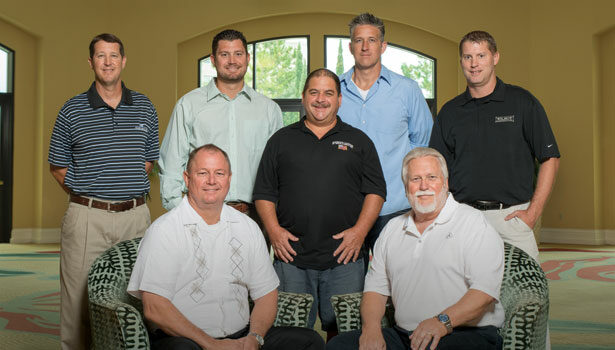
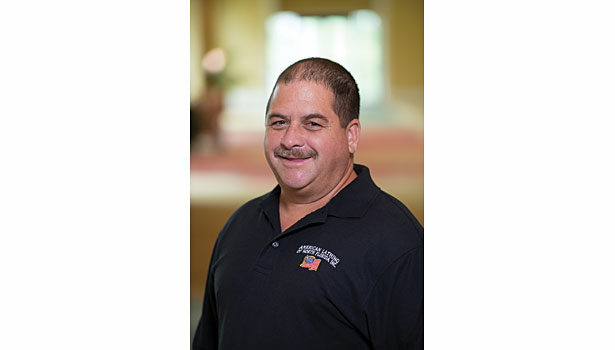
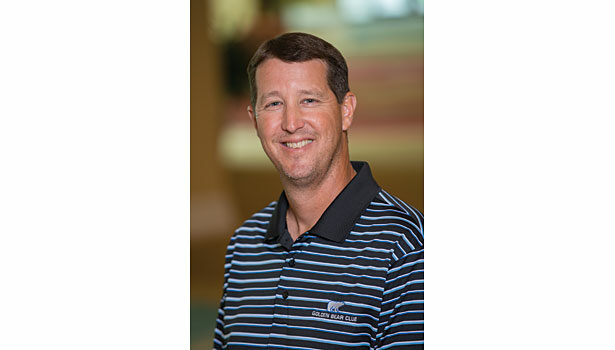
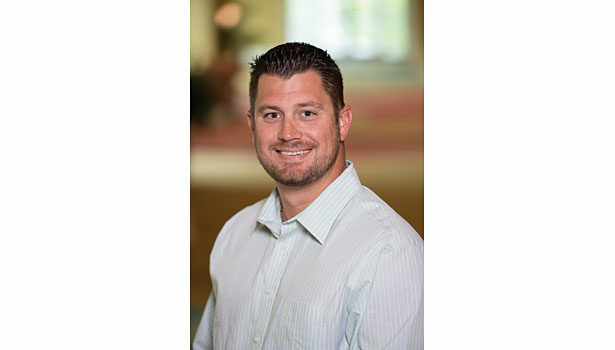
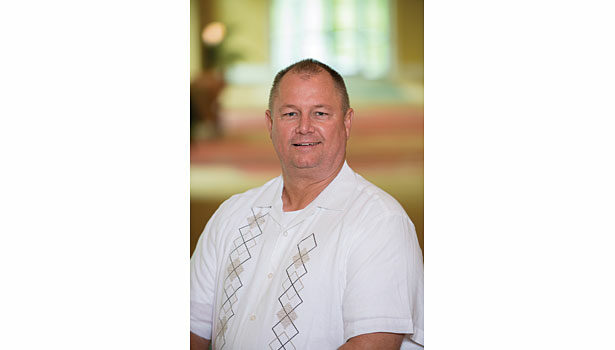
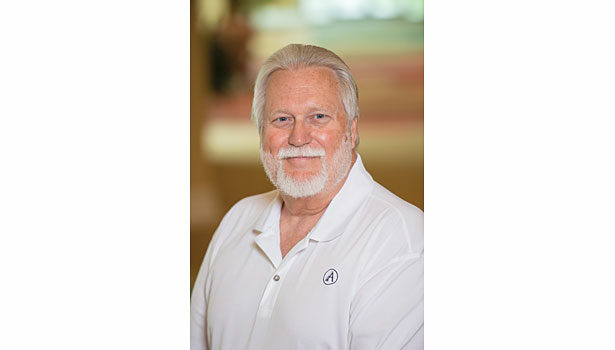
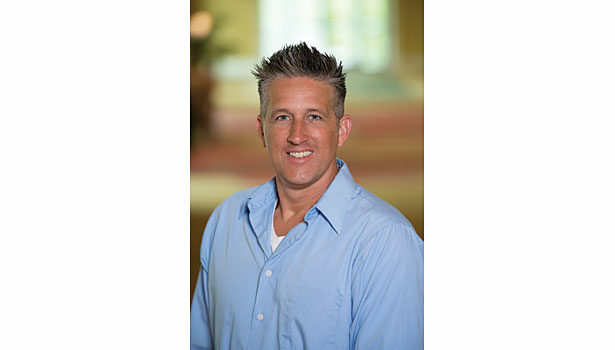
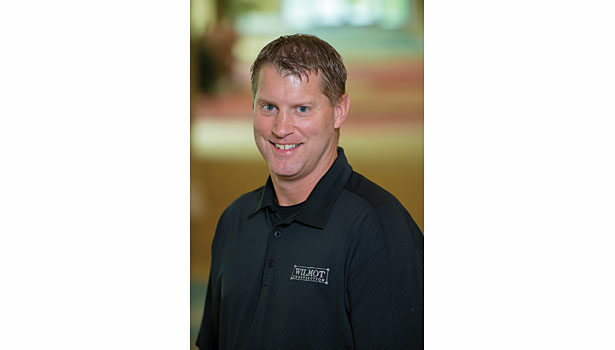



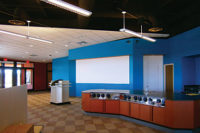
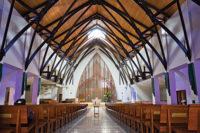
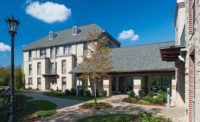
Report Abusive Comment